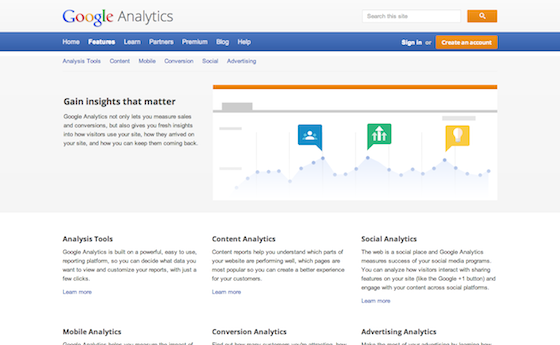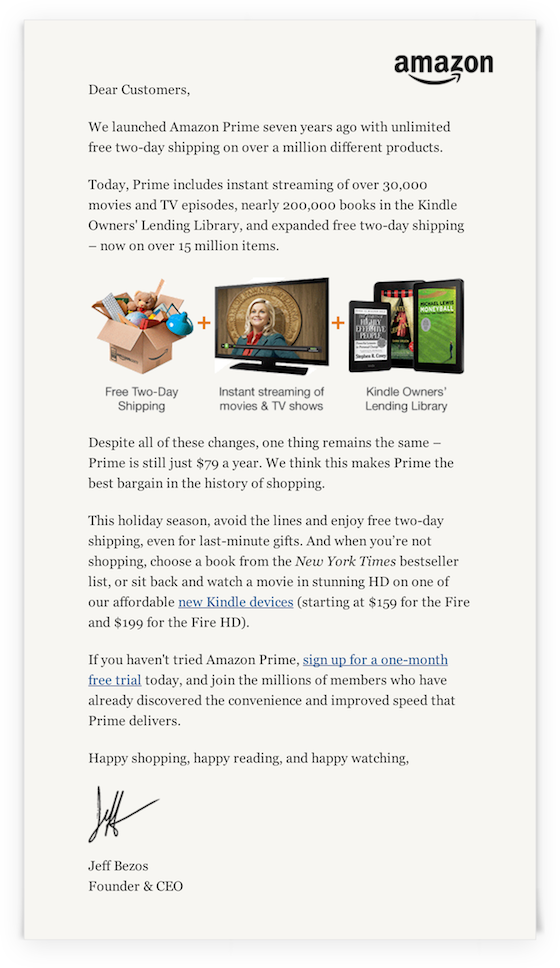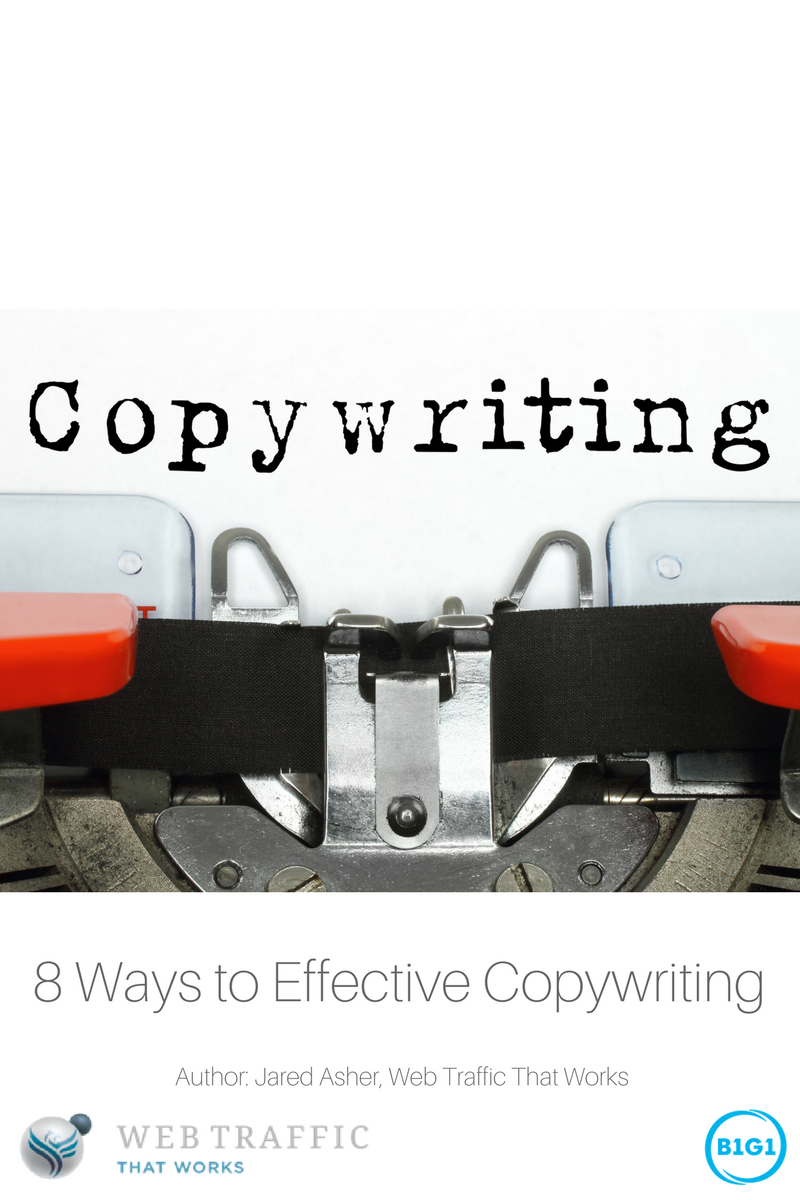Copywriting is the art of selling without selling through written words.
Copywriting is both an art and a science.
To master the art and science of copywriting is to master the art of copywriting.
It’s a form of art because it requires creativity, emotion, beauty, style, and elegance.
Having an artistic flair allows you to create content that’s engaging, inspiring, thought-provoking, and persuasive.
Copywriting is also a science because it requires a certain level of logic, practicality, predictability, solution, problem-solving, trial and error, refining, improvement, editing, and education.
The science of copywriting allows you to develop an idea, and then test it. This is only way you will know if your content is working or not. Without the scientific elements of writing copy, you won’t ‘sell’ your solution to your reader. It’s not practical or solution based. Therefore, you may as well be writing fiction stories instead of sales copy.
“…To master both the art and science of copywriting is to master the art of copywriting.”
You might say effective copywriting requires both right and left brain thinking.
However, this is not always easy to do. Which is why very few marketers or business owners ever truly master the art of effective copywriting.
There are many ways you can write effective copy. Here are eight different ways you can use to help you write effective sales copy in your business:
1. Storytelling Copy
Everyone loves a good story (I do too!).
We all love hearing about people and their unique stories, especially interesting people who’ve suffered immense adversities and challenges, and how they have been able to overcome them. It’s what we can relate to, and what makes us feel ‘connected’ to them.
Selling through storytelling is the most engaging and widely used type of copy because it allows the reader to ‘feel’ into the story through the character telling the story.
Typically, storytelling copy is most used in an email series, social media posts, paid advertising, website, landing page, or a short video or video series, however, you can use storytelling copy in any format and it will work well.
There are four key traits to writing successful storytelling copy:
- Opening: Introduce the pain-point. Show how the character of the story had a normal life, and how that life was shattered by a change of events.
- Conflict: How is the life of the main character threatened if he or she does not respond to the problem? What does her journey look like as she tackles this challenge?
- Dialogue: People are drawn to conversations in a story. It’s human interest at its root: two people talking to each other. We are also drawn to dialogue because it’s easy to read. “Our eyes flow over dialogue like butter on the hood of a hot car,” says novelist Chuck Wendig.
- Solution: Finally, your product is introduced as the cure for your character’s problem. You increase the credibility of your product by sharing specific results (289% increase in lead generation, for example).
Your story needs to be engaging and interesting, but that doesn’t mean it needs to be dramatic either. Try telling the story by speaking the words from your mouth and recording it, then write it down after.
2. Long copy
The fundamental premise behind long copy is “The more you tell, the more you sell.”
Ads that are long on facts and benefits will convert well.
Why?
Unlike a face-to-face conversation with a salesperson, a written ad has only one chance to convert a reader. If you get in front of the reader, you’ve got to lay it all out on the table.
See Google Analytics example in point 5. Page after page of facts and benefits are presented because the proposition isn’t simple — typical prospects are going to be asking a lot of questions. Better to anticipate those questions, and answer them in the copy.
But when you’re following the basic rules of content marketing that works, remember that you don’t have to present all the facts and benefits up front.
You can leak the presentation over a period of weeks through an email autoresponder (like our Internet Marketing for Smart People course), or a registration-based content library (like the Scribe Content Marketing library).
In this way, you’re turning long copy into short, easily-digestible snippets.
3. Conversational copy
John Caples calls conversational copy “You and Me.”
In this style of copy, you write as if there is a conversation between two people: the copywriter and the prospect.
The language here would be no different than a salesman sitting down for lunch with a customer and talking through a sales presentation. It’s a straightforward approach that tries to identify with the reader: I know how you feel. I felt the same way. That all changed when I found x, y and z.
Keep in mind that you don’t have to be a polished copywriter to create effective conversational copy. Often the sheer passion for what you’re trying to promote breathes off the page.
In fact, you can record a conversation about the product, transcribe that conversation, and use it as a rough draft.
4. John Lennon copy
John Lennon’s famous song ‘imagine’ brilliantly uses a very effective tool of persuasive copy called ‘imaginative copy’. See his Lyrics to understand my point:
It’s easy if you try.
No hell below us,
Above us only sky.
It isn’t hard to do.
Nothing to kill or die for,
And no religion too.
Imagine all the people living life in peace.
But I’m not the only one.
I hope some day you’ll join us,
And the world will be as one.
I wonder if you can.
No need for greed or hunger,
A brotherhood of man.
Imagine all the people sharing all the world.
But I’m not the only one.
I hope some day you’ll join us,
And the world will be as one.
Imaginative copy typically begins with words like “imagine,” “close your eyes,” “pretend for a moment,” “discover,” or “picture this” in the first paragraph of the text.
Imaginative copy asks you to imagine your life in a certain way, or pretend what it would be like to live your dream, whatever that dream might be.
Then the copywriter paints a picture of achieving that ideal life through your product/service.
5. Simple Copy
The most basic type of copywriting is ‘simple copy’.
Simple copy is simply introducing a product or service without fluff, gimmicks or flavour. It’s just a simple presentation of facts and benefits without story, conversation or claims.
A perfect example of simple copy is Google Analytics.

Simple copy is great for presenting factual information, data and technical information, and it gives your prospect the information he/she needs to make an informed decision about your products/services.
The downside is that this type of copywriting can be too logical, therefore your readers will become bored rather quickly so keep it to a minimum.
6. Killer Poet copy
‘Most good copywriters fall into two categories. Poets. And killers. Poets see an ad as an end. Killers as a means to an end.’ If you are both killer and poet, you get rich.
~ David Ogilvy
Our goal isn’t to convince our audience that we’re intelligent — it’s to educate and persuade our readers.
Killer poet copy is about balancing selling with style. In other words, the killer poet combines creativity with marketing, storytelling with solution.
As David Ogilvy once said, “We sell, or else.” But we try to sell with style. We try to balance the killer with the poet.
7. Direct-from-CEO copy
It’s a known fact third-party endorsements can help you sell products.
But it’s equally effective to position your selling argument as a direct communication between the company founder and his or her customer.
This down-to-earth approach levels the playing field. It telegraphs to the customer, “See, the CEO isn’t some cold and remote figurehead interested in profit only. He’s approachable and friendly. He cares about us.”
Jeff Bezos of Amazon is a superb example:

Notice this letter is conversational as well as plain: it’s a simple statement of the facts and benefits between two people: Jeff and you.
8. Frank copy
Some copy will explain the ugly truth about the product.
This approach doesn’t start with the jewels of your goods — it’s going to start with the warts.
When selling a car, you might point out the endless repairs that need to be done — thin brake pads, leaky transmission, busted sway bar, and inoperable dashboard — before you introduce the leather seats, Monsoon stereo system, sun roof, brand-new tires and supercharged engine.
What you’re saying is this car will need a lot of TLC. You might even go as far as to say, “Make no mistake here — there’s much work to be done here.”
And here’s a curious thing: when you are honest and transparent about product weaknesses, the customer trusts you.
When the reader trusts you, they will be considerably more likely to believe you when you point out the good qualities of your product.
Conclusion
Overall, writing great copy requires using several of these techniques into one single ad.
Remember, copywriting is both art and science. Therefore, you will never know how effective your copy is until you test and measure it.
Your best bet is to just start writing and see where it takes you. Who knows, you may find out you’re the next Dan Kennedy or David Ogilvy…
_________________________________________________________________________________________
Looking for more clients or customers? Join our contest for free and you could win a free Digital Marketing Campaign worth $10,000. Click here for more info: I want to win!
_________________________________________________________________________________________
ABOUT THE AUTHOR
Jared Asher
Jared Asher is the Head Marketing Strategist and General Manager for Web Traffic That Works.
Jared’s business career began in 2001 when he left school to become a Dj at the age of 17.
Coupled with studies in small business management and marketing, Jared quickly learned business and PR skills which played a big role in his music career, and lead him to achieve a international status, headlining clubs and festivals with some of the most prestigious global DJ’s and Producers in countries such as Australia, New Zealand and United Kingdom – within a period of 5 years.
Since then, Jared has been working with small business owners and expert practitioners with building online brands.
To date, Jared has consulted and mentored a total of 352 small-business owners, expert practitioners, and musicians.
In one recent project, ‘Ezy VA – The Worlds Smartest Outsourcing Solution’, Jared helped scale the company globally, earning a 7-figure plus annual revenue, operating in over 28 countries, and building a team of 212 permanent staff & managers – within a period of 18 months.








